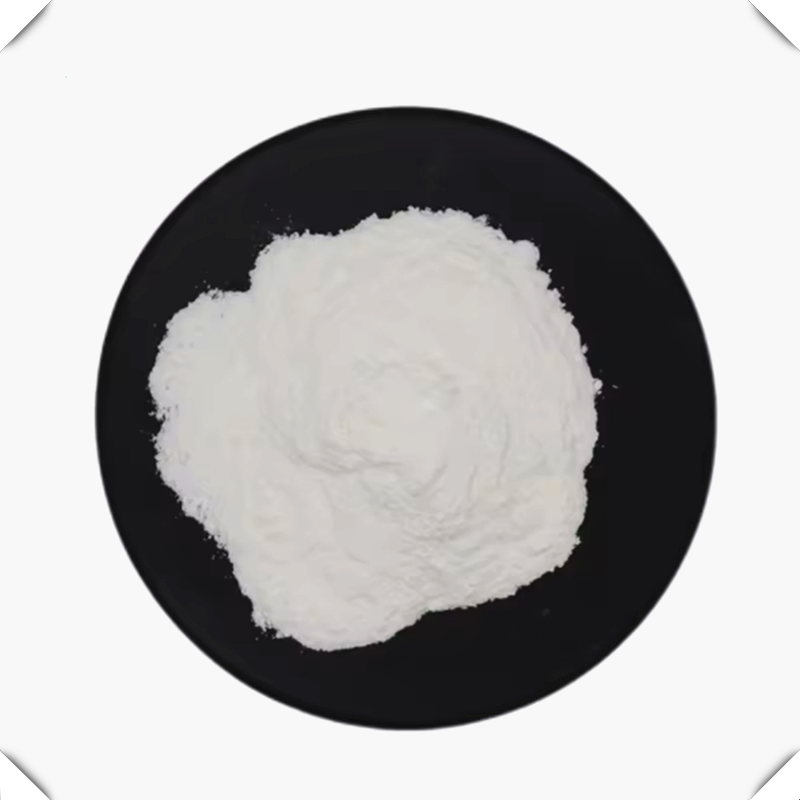Sodium butyrate or tributyrin
Sodium Butyrate or tributyrin ‘which one to choose’?
It is commonly known that butyric acid is an important source of energy for colonic cells. Furthermore, it is actually the preferred fuel source and provides up to 70% of their total energy needs. However, there are 2 forms to choose from. This article offers a comparison of both, helping to answer the question ‘which one to choose’?
The use of butyrates as a feed additive has been extensively studied and used in animal agriculture for several decades, being first used in calves to stimulate early rumen development before finding use in swine and poultry.
Butyrate additives has shown to improve body weight gain (BWG) and feed conversion rates (FCR), reduce mortality and lessen the impact of gut-related diseases.
Commonly available sources of butyric acid for animal feed comes in 2 forms:
- As a salt (i.e. Sodium butyrate) or
- In the form of a triglyceride (i.e. Tributyrin).
Then comes the next question – Which do I choose? This article offers a side by side comparison of both.
Production process
Sodium butyrate: Produced via an acid-base reaction to form salt with a high melting point.
NaOH+C4 H8 O2=C4 H7 COONa+H2O
(Sodium Hydroxide+Butyric Acid = Sodium Butyrate+Water)
Tributyrin: Produced via esterification where 3 butyric acid is attached to a glycerol to form tributyrin. Tributyrin has a low melting point.
C3H8O3+3C4H8O2= C15 H26 O6+3H2O
(Glycerol+Butyric Acid = Tributyrin + Water)
Which one provides more butyric acid per kg product?
From Table 1, we know the amount of butyric acid contained in the different products. However, we should also consider how effectively these products release butyric acid in the intestines. Since sodium butyrate is a salt, it will readily dissolve in water releasing butyrate, therefore we can assume that 100% of butyrate from sodium butyrate will be released when dissolved. As sodium butyrate dissociates readily, protected forms (i.e. micro-encapsulation) of sodium butyrate will help it achieve continuous slow release of butyrate throughout the intestines all the way to the colon.
Tributyrin is essentially a triacylglyceride (TAG), which is an ester derived from glycerol and 3 fatty acids. Tributyrin requires lipase to release the butyrate attached to the glycerol. Although 1 tributyrin contains 3 butyrate, not all 3 butyrate is guaranteed to be released. This is because lipase is regioselective. It can hydrolyse triacylglycerides at R1 and R3, only R2, or non-specifically. Lipase also has substrate specificity in that the enzyme can differentiate between acyl chains attached to the glycerol and preferentially cleaving certain types. Since tributyrin requires lipase to release its butyrate, there may be competition between tributyrin and other TAGs for lipase.
Will sodium butyrate and tributyrin affect feed intake?
Sodium butyrate has an offensive odour that is less pleasant for humans but favoured by mammals. Sodium butyrate accounts for 3.6-3.8% of milk fat in breast milk, therefore, can act as a feed attractant triggering the innate survival instincts of mammals (Table 2). However, to ensure slow release in the intestines, sodium butyrate is usually encapsulated with a fat matrix coating (i.e. Palm stearin). This also helps in reducing the rancid odour of sodium butyrate.
Tributyrin on the other hand is odourless but has an astringent taste (Table 2). Adding large amounts may have negative effects on feed intake. Tributyrin is a naturally stable molecule that can pass through the upper gastrointestinal tract until it is cleaved by lipase in the intestine. It is also non-volatile at room temperature, so it is generally not coated. Tributyrin usually uses inert silica dioxide as its carrier. Silica dioxide is porous and may not fully release tributyrin during digestion. Tributyrin also has a higher vapour pressure causing it to be volatile when heated. Therefore, we recommend tributyrin to be used either in an emulsified form or in a protected form.
